Ceiling cracks are common in both new and old buildings. While some are harmless and cosmetic, others may point to deeper structural or moisture-related issues. Knowing the types of ceiling cracks can help you decide when to repair, monitor, or call an expert.
Below are 12 types of ceiling cracks, each with a clear description, causes, and what action (if any) you should take.
1. Hairline Ceiling Cracks
Appearance: Very thin lines, often barely noticeable.
Causes:
- House settling
- Temperature/humidity fluctuations
- Poor paint or drywall finish
Concern Level:
Low — Cosmetic only, easy to patch and repaint.
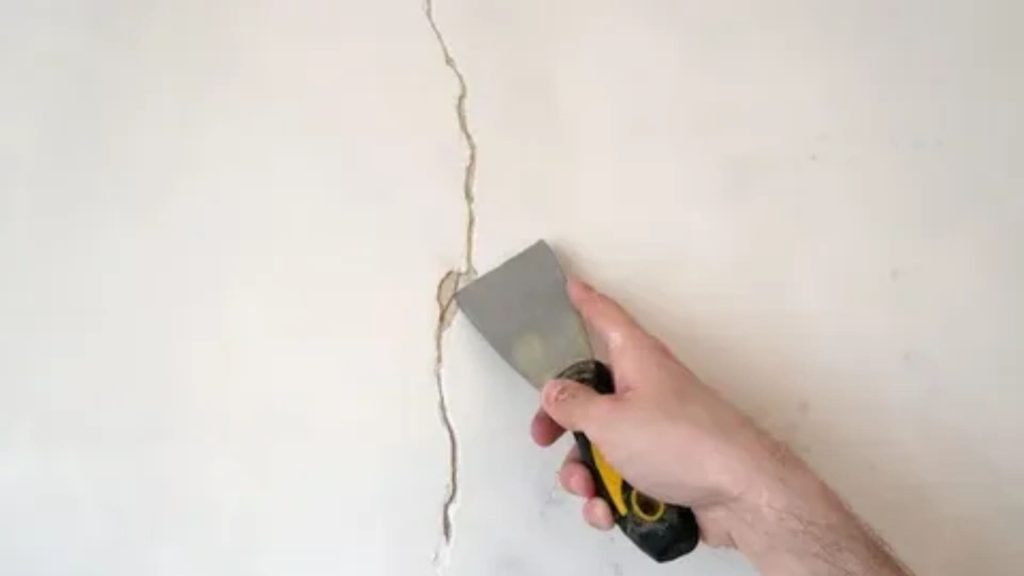
2. Straight Line Cracks
Appearance: Cracks that run in a straight horizontal or vertical line, often along drywall seams.
Causes:
- Poor joint finishing
- Drywall shifting
- Building expansion and contraction
Concern Level:
Low to Medium — Mostly cosmetic, but may reappear if not repaired properly.

3. Cracks with Stains or Discoloration
Appearance: Cracks surrounded by brown, yellow, or rust-colored stains.
Causes:
- Roof leaks
- Leaky plumbing or AC pipes
- Condensation from poor ventilation
Concern Level:
High — Indicates moisture damage. Fix the source before repairing the crack.
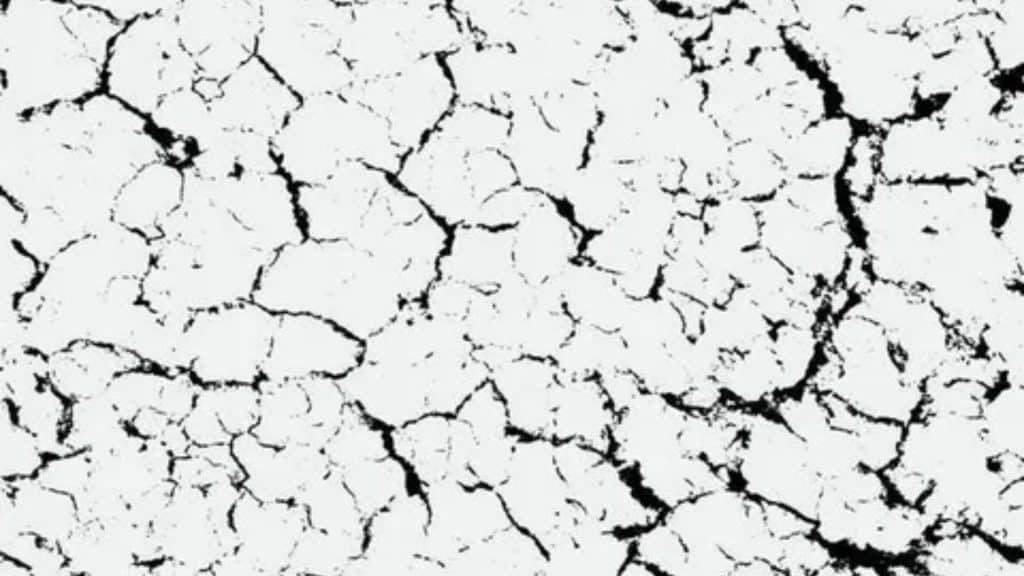
4. Wide or Deep Cracks
Appearance: Gaps wider than 1/8 inch or visibly deep cracks.
Causes:
- Structural movement
- Foundation shifts
- Water damage is weakening the ceiling
Concern Level:
High — May be structural. Requires professional inspection.
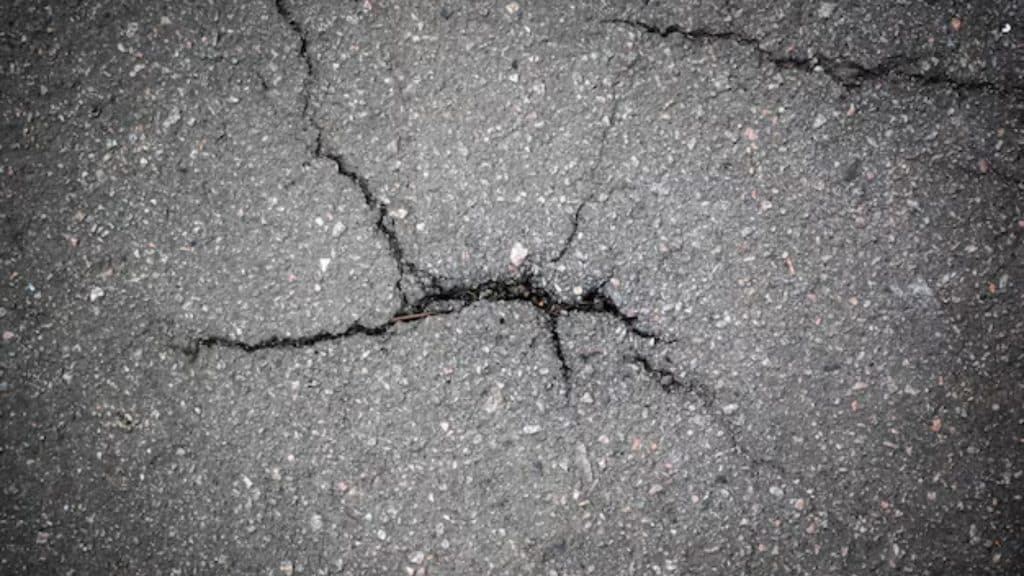
5. Edge Cracks (Ceiling-Wall Junction)
Appearance: Cracks forming along the line where the ceiling meets the wall.
Causes:
- Settling of the building
- Drywall expansion
- Poor taping at corners
Concern Level:
Low — Generally cosmetic, but should be monitored for spreading.
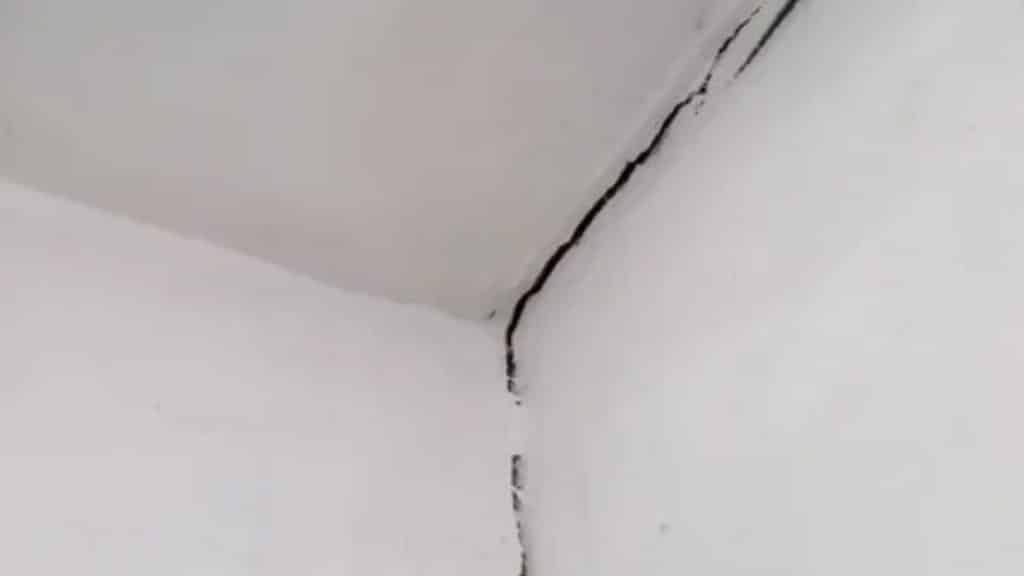
6. Spider Web Cracks
Appearance: Fine cracks radiating out from a center point like a spider web.
Causes:
- Aging plaster
- Shrinking or drying of ceiling materials
- Poor paint job over old plaster
Concern Level:
Low to Medium — Typically cosmetic unless worsening over time.
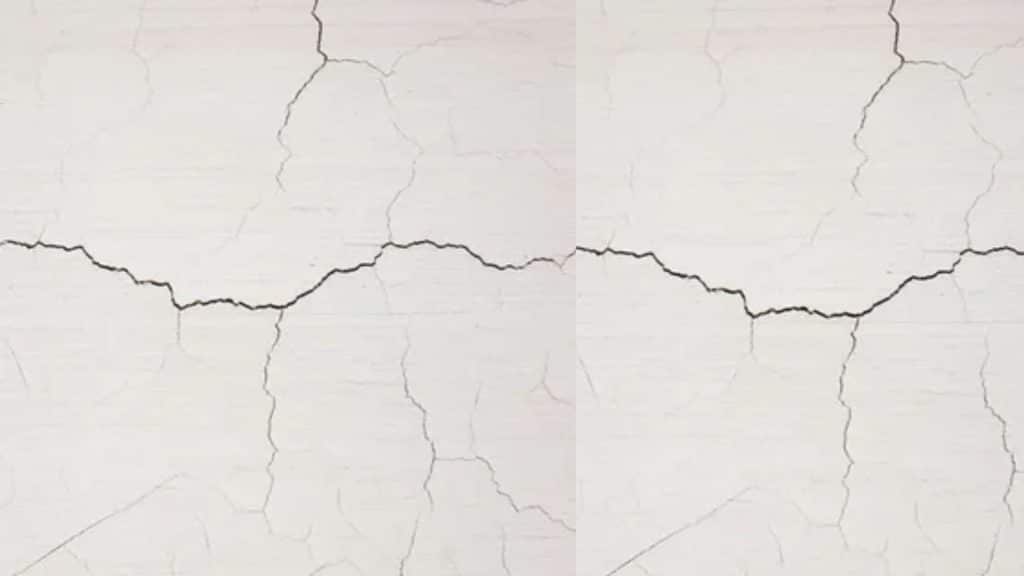
7. Sagging Ceiling with Cracks
Appearance: Visible drooping or bulging with cracks running through or around the area.
Causes:
- Water damage
- Overloaded attic/joists
- Ceiling material failing
Concern Level:
Very High — Could collapse. Leave the room and call a contractor immediately.
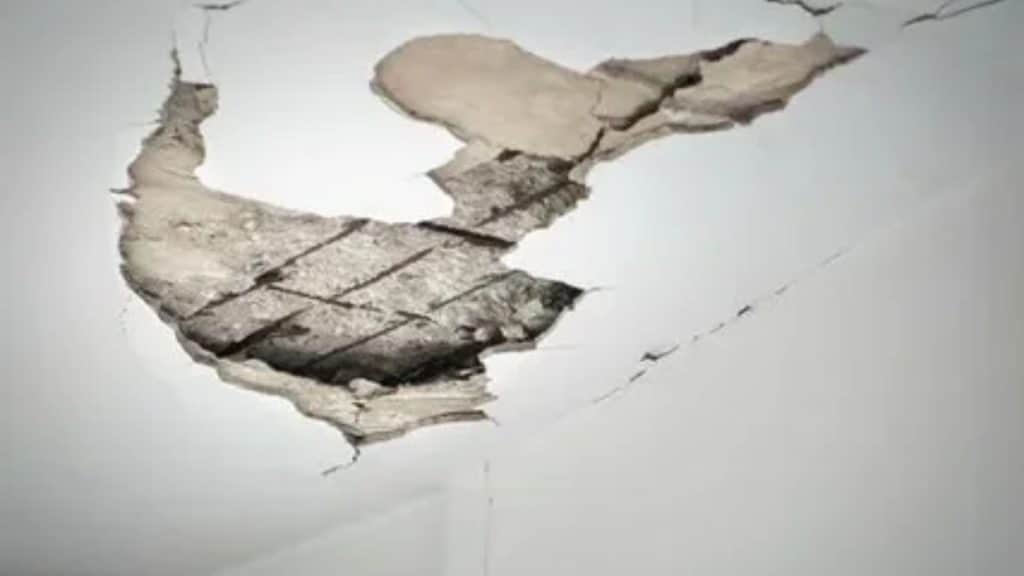
8. L-Shaped or Step Cracks
Appearance: Cracks forming in an “L” or stair-step shape, usually in corners.
Causes:
- Foundation settling
- Shifting soil under the home
- Poor structural alignment
Concern Level:
High — Often a sign of structural stress. Get a professional evaluation.
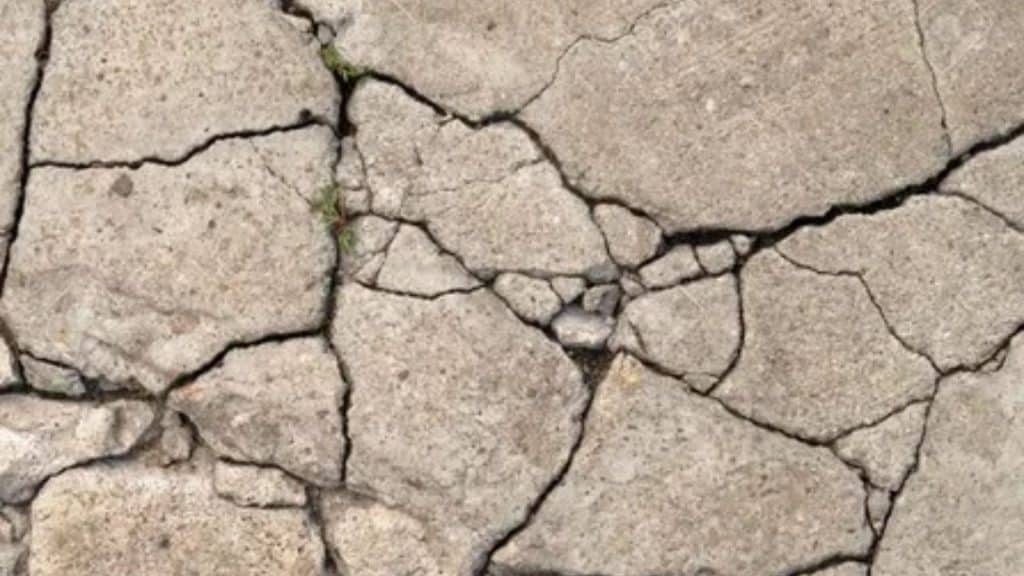
9. Diagonal Cracks
Appearance: Angled cracks running diagonally across the ceiling, often near corners.
Causes:
- Structural pressure
- Foundation shifts
- Wind or seismic forces
Concern Level:
High — Indicates deeper stress. Needs professional assessment.
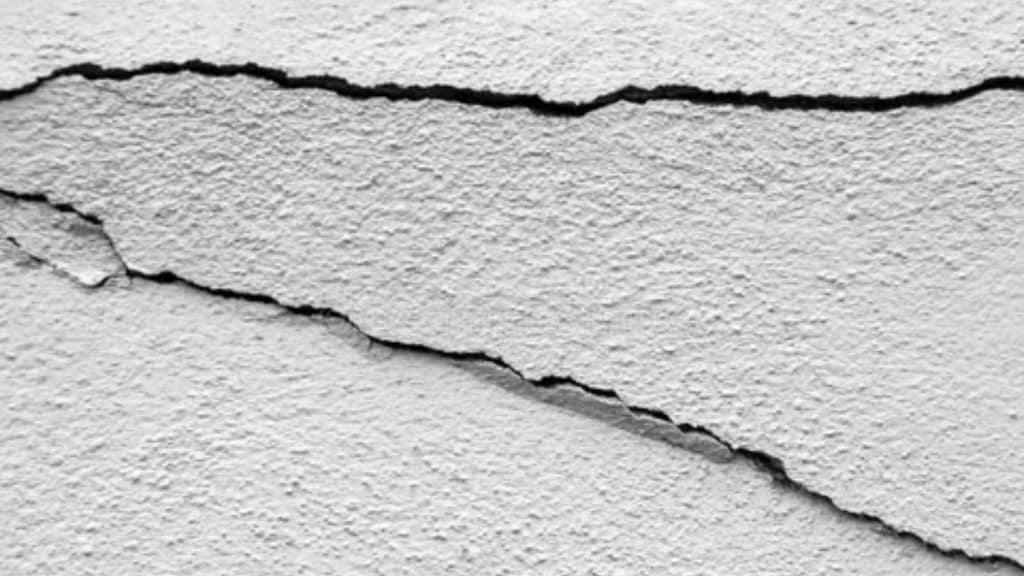
10. Cracks with Flaking or Peeling Paint
Appearance: Cracks with lifting, flaking, or bubbling paint.
Causes:
- Moisture under paint layers
- Inadequate surface prep
- Paint applied over dirty or wet areas
Concern Level:
Medium — Indicates water or humidity issues. Resolve the moisture problem first.
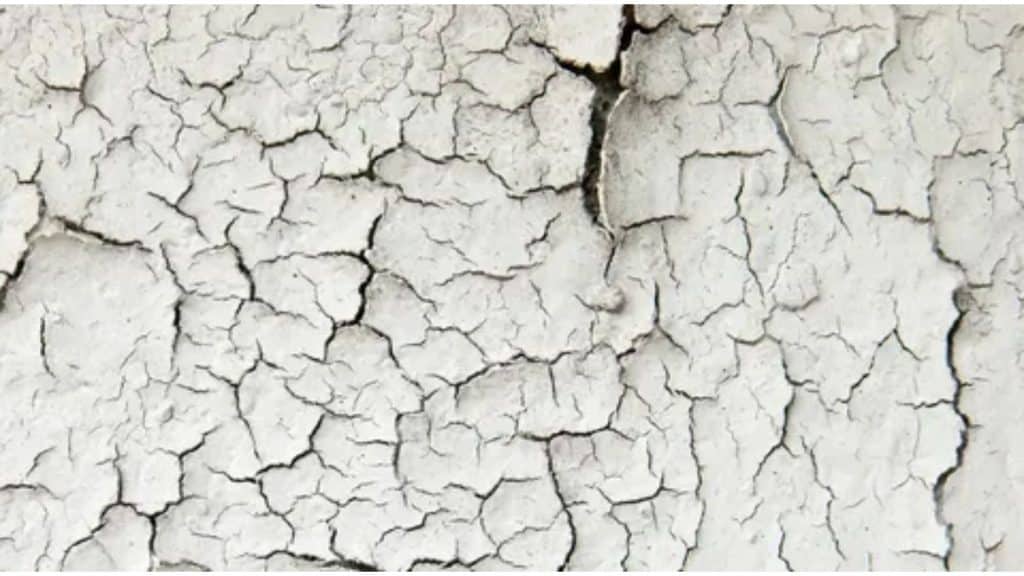
11. Cracks Around Light Fixtures or Ceiling Fans
Appearance: Small cracks forming circles or radial patterns around fixtures.
Causes:
- Vibrations from the ceiling fan
- Fixture weight pulling down
- Thermal expansion
Concern Level:
Low to Medium — Check for movement or loosening of fixtures.
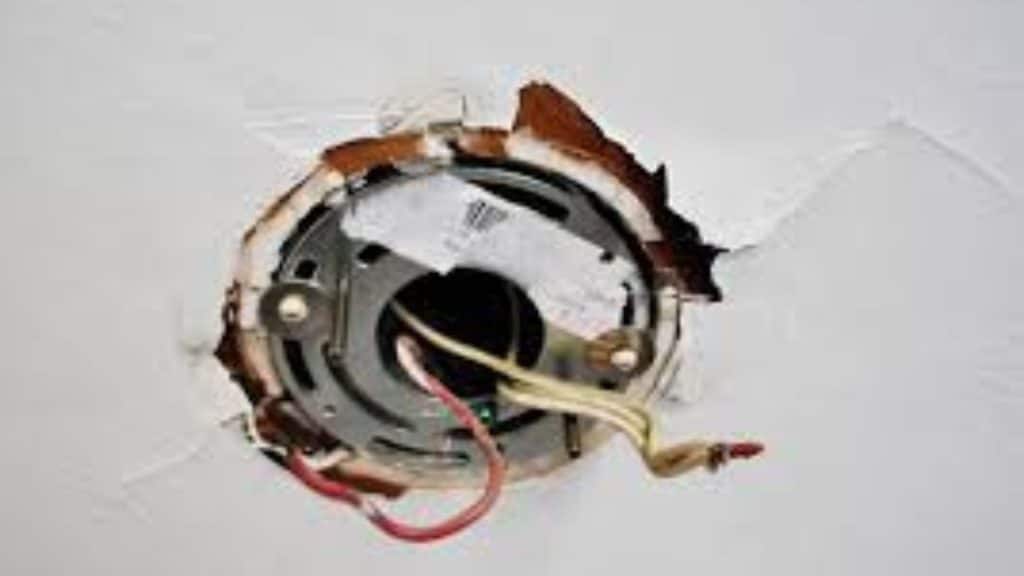
12. Multiple Cracks Across Entire Ceiling
Appearance: A network of cracks spread across the ceiling surface.
Causes:
- Severe foundation issues
- Aging or failing ceiling structure
- Water or termite damage in ceiling beams
Concern Level:
Very High — Multiple cracks usually indicate major problems. Professional help required urgently.
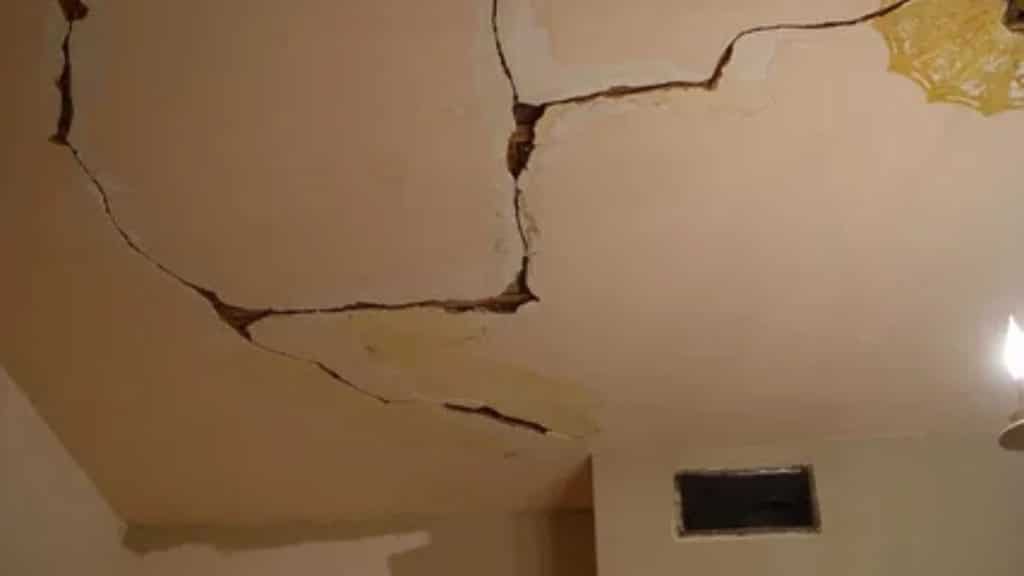
Final Thoughts
Whether you’re dealing with minor cosmetic lines or deep structural gaps, identifying the type of ceiling crack is key to determining the right course of action. Regular inspections, proper home maintenance, and timely repairs can prevent minor cracks from becoming major hazards.
Tip: Always document the cracks with pictures over time to monitor changes — this helps professionals assess the situation more accurately.

